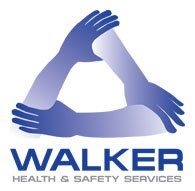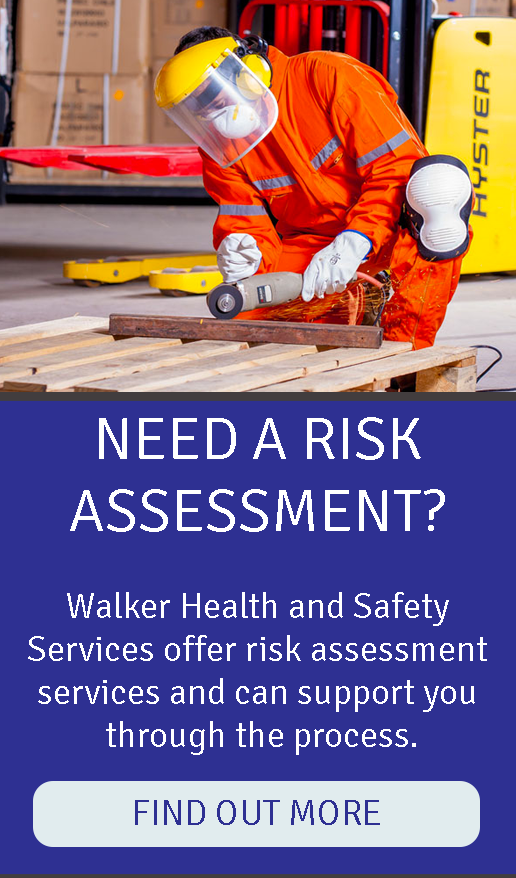Car park owners, and any contractors operating car parks on their behalf, have a responsibility to ensure that car parks are safe to use.
Many organisations operate car parks. This can be as part of the organisation’s overall commercial activity or as a utility for employees.
Car parks can present many hazards. People in the vicinity of the car park can be hit by moving vehicles or crushed against other objects by vehicles. Crime can also occur in parking areas, both against vehicles and against individuals who use the car park as well as those who may work in such establishments.
Under the Health and Safety at Work, etc Act 1974 and subsidiary legislation, car park owners and any contractors operating car parks on their behalf, have a responsibility to ensure that car parks are safe to use.
Car park hazards
Car parks owned or used by an organisation can range from simple ground-floor level parking areas to multi-storey or underground complexes.
There are several hazards associated with car parks including:
- over-parking and site congestion resulting in dangerous manoeuvres, blocking of pedestrian routes, etc
- lack of properly segregated and/or poorly marked parking areas without clearly defined pedestrian routes
- carelessly parked cars that obstruct pedestrian routes and reduce the visibility of other drivers and pedestrians
- lack of safe, segregated routes from the parking area to the workplace (including poor surfaces, lighting, etc)
- security concerns of crime against individuals using or working in car parks as well as vehicle-related crime
- poor maintenance of car park equipment and facilities resulting in equipment failure and accidents
In extreme cases, failure to manage car park facilities can result in serious incidents and even fatalities.
Personal safety
A number of hazards may have to be considered including:
- weather extremes and the potential for ill health
- being struck by vehicles if moving around the car park
Criminal activity is common in some car parking areas with crimes involving theft from vehicles or, more seriously, theft and/or assaults on persons.
Inspection and monitoring
In general terms, when inspecting car parks, those with responsibility should ensure that:
- all markings and signage are clear and in good condition
- height/width restrictions are in good condition
- horizontal or vertical barriers (if fitted) are working correctly
- car park users are parking vehicles correctly and following rules
- pedestrians are using routes appropriately
- there are no issues of over-parking.
General good housekeeping is also important because if obstructions are left blocking traffic routes, or if driving or walking surfaces become littered, slippery or too dirty, they may cause significant risks to health and safety.
All ancillary equipment should be subject to appropriate inspection and maintenance procedures. This may include, for example, automated gates or barriers, lighting, CCTV, payment machines.
Contact Walker Health and Safety Services if you require assistance.









